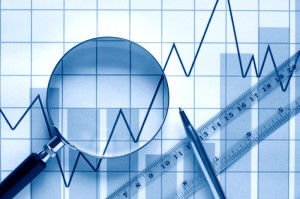But can social data yield measurements that are comparable to those from other, more established forms of research? Is it really possible for brand managers to tap into these data streams to gain insight into brand equity?
We believe it is too early to say for sure, even though social data have been used effectively by PR and marketing departments for years. For crisis management and on-the-fly campaign assessments, social monitoring involves watching a wide stream of updates in real time and using those to gauge immediate next steps. For these purposes, a qualitative sense of the consumer mood is adequate; the precision of quantitative research is not required.
But increasingly, insight and brand strategy teams are interested in using social data, and they would like to place social measurement alongside other types of brand metrics (attitudinal, behavioral, and so on). In this context, social data must be treated with the same rigor we expect of more traditional forms of measurement. Therefore, Millward Brown’s Emerging Media Lab has conducted tests across 60 brands and more than 30 million online conversations to determine the most appropriate methodologies for working with social measurement from a brand perspective. Our conclusion? The future of actionable social media measurement is only as strong as its standards for data quality.
The future of actionable social media measurement is only as strong as its standards for data quality.
THE “SOCIAL” VOICE: HOW IS IT DIFFERENT?
Social data are fundamentally different from traditional brand measurement data. We can think of consumers speaking in two different voices. As Figure 1 shows, the “survey” voice of consumers is captured under structured and replicable conditions, while their “social” voice is observed in a fluid state.

To view full PDF click here.
